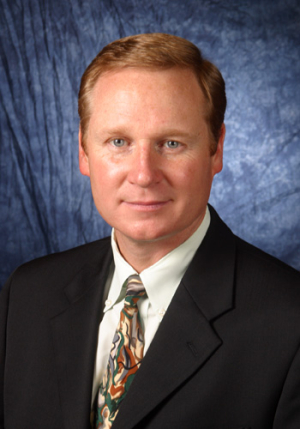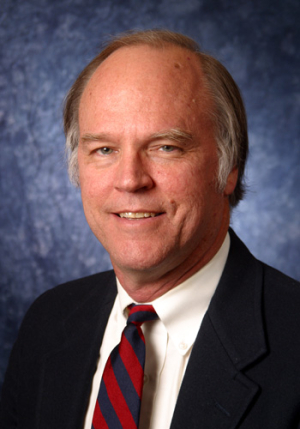Two mechanical engineering professors will have a hand in creating technology that could give those on the long waiting list for a heart transplant a second chance.
Matthew A. Franchek, biomedical engineering program director and chair of the department of mechanical engineering, along with Ralph W. Metcalfe, professor of mechanical and biomedical engineering and mathematics, are working with area experts to create a pulse-less total artificial heart. Their research focuses on creating an artificial heart that emulates how the natural heart responds to physiological conditions within the body.
The UH professors are among those named on a $2.8 million federal grant, received in May, from the National Institutes of Health. Throughout the next four years, Franchek and Metcalfe will work alongside the lead investigator, Dr. O.H. “Bud” Frazier, chief of the Center for Cardiac Support and director of Surgical Research at the Texas Heart Institute, professors from Rice University, Texas Heart Institute physicians and MicroMed Technology, Inc. to create a continuous flow ventricular assist device that’s smaller and less costly than the pulsatile pumps used to date.
“We are very much looking forward to a long term collaboration with this excellent biomedical engineering team and to the potential development of an effective, reliable mechanical replacement for the failing human heart,” Metcalfe said, noting heart disease is the leading cause of death in the United States.
The device would replace the natural heart with two continuous flow pumps, one dedicated to the pulmonary loop, carrying oxygen depleted blood away from the heart, to the lungs and returning oxygenated blood back to the heart; and the systemic loop, carrying oxygenated blood away from the heart to the body and returning deoxygenated blood back to the heart.
Franchek and Metcalfe’s roles in the project will focus on the mathematical modeling of the cardiovascular system and creating a feedback controller that will seamlessly integrate the device with the recipient’s body. These advancements will enable the total artificial heart to respond to the body’s changing need for blood. This is in addition to work that would evaluate the feedback controller system against computer models.
Existing devices, Franchek said, mimic the pulsitile pumping of the natural heart. The complexity of these devices not only makes the size nearly impossible for use in smaller adults and children, but also causes reliability concerns. The new device would address these problems.
“What we have here is a good partnership between engineers and physicians,” Franchek said. “We are harvesting knowledge over a fertile ground where many new discoveries lie, but at the end of the day will improve many people’s quality of life.”

